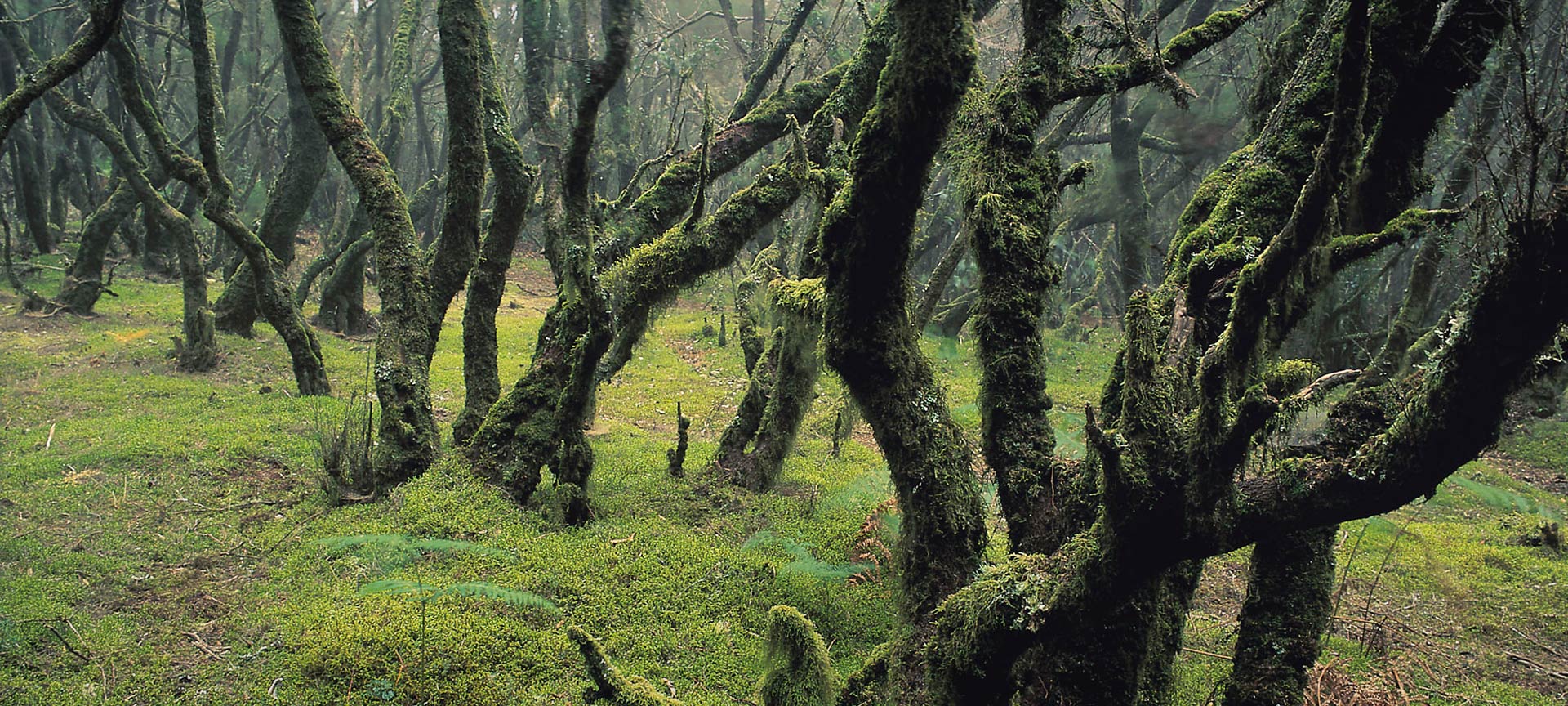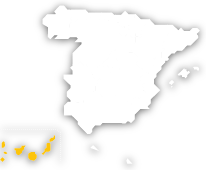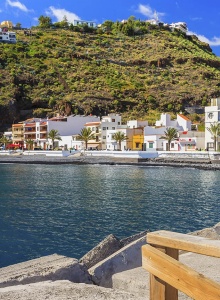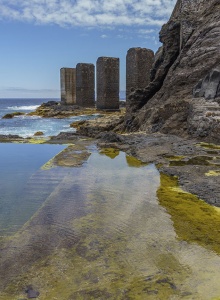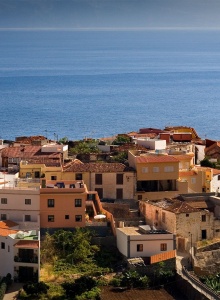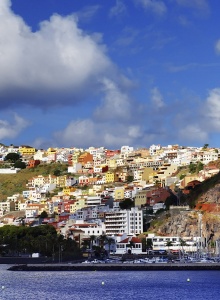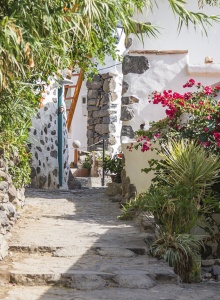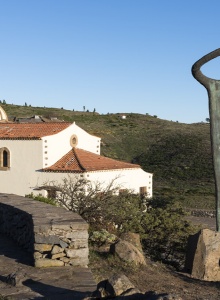Peaceful and beautiful. This is La Gomera, known as "Isla Mágica" (the magical island). It is the second smallest of the Canary Islands, measuring barely 20 kilometres from north to south. It is an ecological treasure, and its coast is dotted with small beaches set between cliffs.
It has a rugged coastline with small black-sand beaches and is a paradise for nature lovers. Its wild, mountainous landscape is packed with contrasts: in just a few kilometres you go from palm-covered valleys to huge canyons; from arid coastal areas with waters ideal for scuba diving, to fascinating forests, crammed with vegetation.
The Garajonay National Park is particularly outstanding. It is a prehistoric forest with the UNESCO World Heritage designation. Exploring its tracks and trails is a unique experience. You can enjoy the peace of La Gomera on the many routes that cross the island from one end to another. The island is perfect for walking, with surprising outings possible through impressive countryside.
One of its most surprising traditions is the "silbo": this is a system of communication, unique to the island, whereby syllables are spelled out by whistling. The islanders used this form of communication for centuries on account of the rugged relief here. It allowed simple messages to be sent across gorges, overcoming distances and the complications of the local terrain. It is well worthwhile going to one of the exhibitions and competitions that take place nowadays. It was awarded the UNESCO Intangible Cultural Heritage of Humanity designation in 2009.
La Gomera's airport is in the south and offers good communications, with flights to Tenerife and Gran Canaria. There are also daily boat and ferry services to and from Tenerife. The best way to get around inland is by renting a car. Be sure not to miss the simple but delicious local cuisine, with stews, soft cheeses and honey extracted from palm trees.
